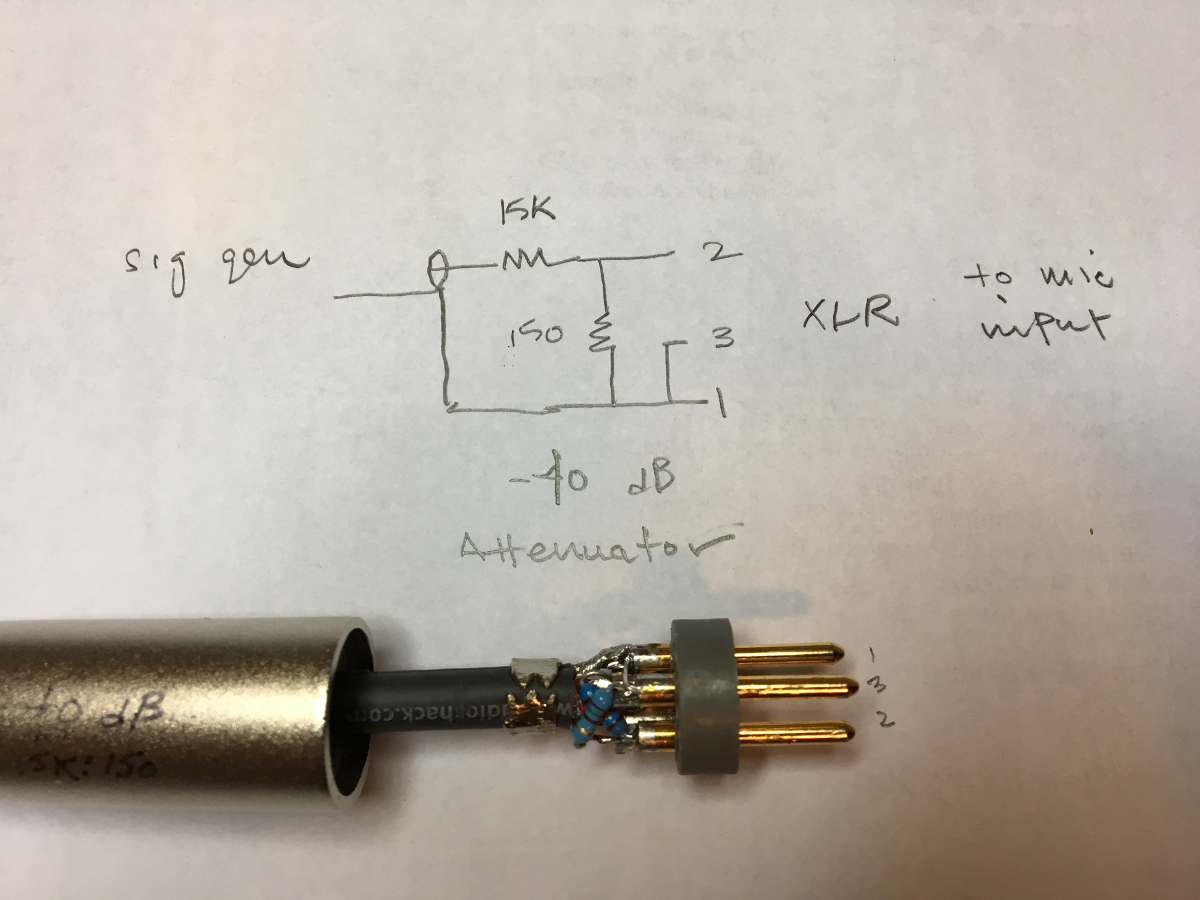rp
Well-known member
I’ve built two pairs of mic preamps that include a phase flip switch. In my pair of NYD 6sn7 One-bottles, the phase is switched before the mic input transformer. In my pair of Hairball Lolas, the phase is switched before the output transformer (they are fully balanced throughout). Each pre does the flip by swapping the + and - legs of the signal with a DPDT switch or relay.
I have a problem, which is that all four pres sound different when the phase flip is engaged versus when it is not. The phase flipped version sounds like it is lightly comb filtered, similar to the sound of two slightly out-of-phase signals summing. There is a shift in low and midrange energy where lows seem accentuated and mids dip. The effect is subtle, but noticeable, and is stronger in the Hairballs.
Has anyone else experienced this? My hunch is that this a phenomenon inherent to transformers. Perhaps the way the primaries are wound? Or maybe it's component mismatches in the surrounding circuitry?
I’ve tried measuring the differences using Room EQ wizard. When measuring frequency response with a sweep, I get some abnormalities, but they are different with every measurement and disappear when multiple measurements are averaged. I'm unable to see any appreciable difference between in phase or out, even though I can hear it clearly.
I have a problem, which is that all four pres sound different when the phase flip is engaged versus when it is not. The phase flipped version sounds like it is lightly comb filtered, similar to the sound of two slightly out-of-phase signals summing. There is a shift in low and midrange energy where lows seem accentuated and mids dip. The effect is subtle, but noticeable, and is stronger in the Hairballs.
Has anyone else experienced this? My hunch is that this a phenomenon inherent to transformers. Perhaps the way the primaries are wound? Or maybe it's component mismatches in the surrounding circuitry?
I’ve tried measuring the differences using Room EQ wizard. When measuring frequency response with a sweep, I get some abnormalities, but they are different with every measurement and disappear when multiple measurements are averaged. I'm unable to see any appreciable difference between in phase or out, even though I can hear it clearly.



